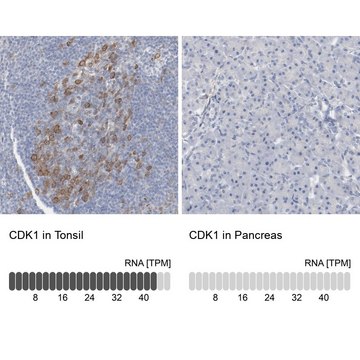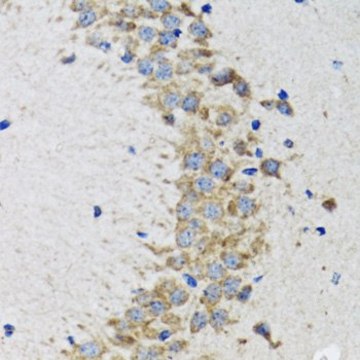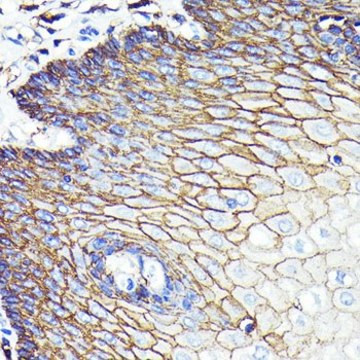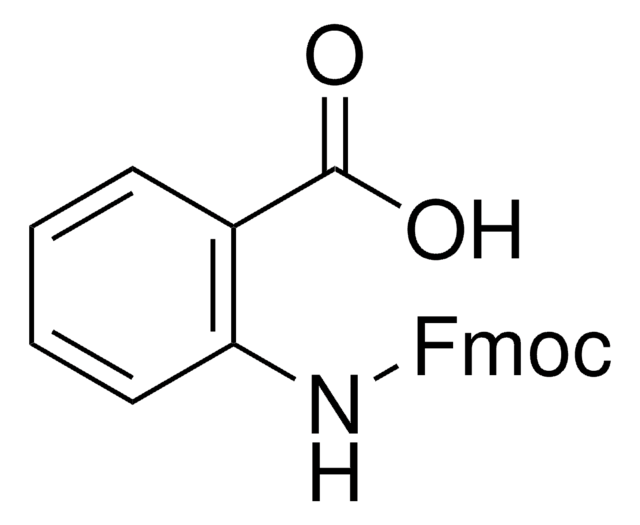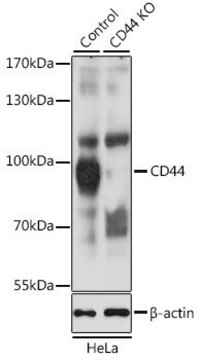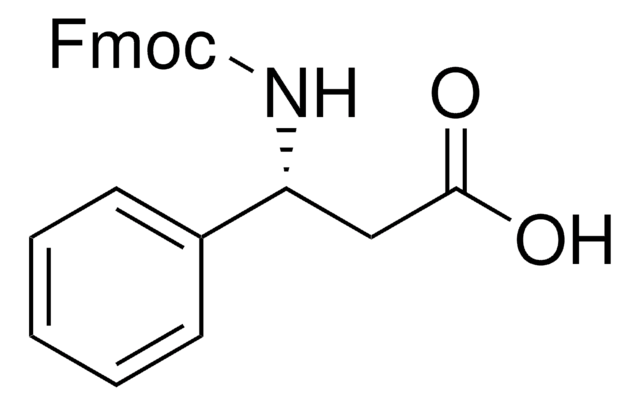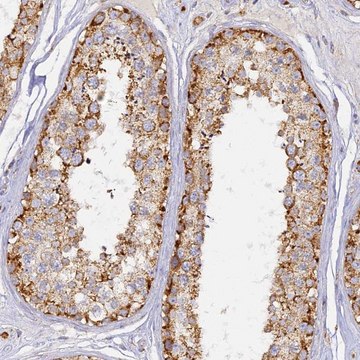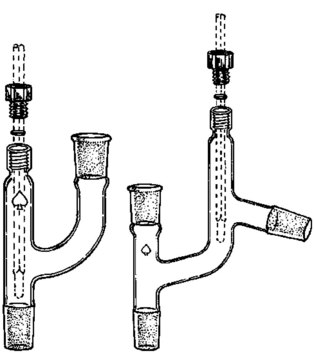MAB8878
Anti-Cdk1 Antibody, clone A17.1.1
clone A17.1.1, Chemicon®, from mouse
Recommended Products
biological source
mouse
Quality Level
antibody form
purified immunoglobulin
antibody product type
primary antibodies
clone
A17.1.1, monoclonal
species reactivity
human, Xenopus, mouse, rat, chicken
manufacturer/tradename
Chemicon®
technique(s)
activity assay: suitable
immunofluorescence: suitable
immunohistochemistry: suitable (paraffin)
immunoprecipitation (IP): suitable
western blot: suitable
isotype
IgG2a
NCBI accession no.
UniProt accession no.
shipped in
wet ice
target post-translational modification
unmodified
Gene Information
mouse ... Cdk1(12534)
Specificity
Immunogen
Application
Immunofluorescence
Immunoprecipitation: (Native/denatured, Protein A; 2μg/mg protein lysate)
Immunohistology (Formalin, 2-4μg/mL for 30 min at RT)
Paraffin Sections (staining requires antigen retrieval).
Western Blotting
Kinase Assay
Optimal working dilutions must be determined by the end user.
p34cdc2, a serine/threonine kinase, is activated by cyclins, presumably by dephosphorylation of tyrosine residues. MAB8878 inhibits the activation of p34cdc2 kinase by cyclins and precipitates an active kinase.
Epigenetics & Nuclear Function
Cell Cycle, DNA Replication & Repair
Physical form
Storage and Stability
Analysis Note
POSITIVE CONTROL:
HeLa or NIH3T3 cells. Germinal center in a tonsil or reactive lymph node. Cellular localization is predominantly nuclear, with some cytoplasmic staining.
Other Notes
Legal Information
Disclaimer
recommended
WGK
WGK 2
Flash Point(F)
Not applicable
Flash Point(C)
Not applicable
Certificates of Analysis (COA)
Search for Certificates of Analysis (COA) by entering the products Lot/Batch Number. Lot and Batch Numbers can be found on a product’s label following the words ‘Lot’ or ‘Batch’.
Already Own This Product?
Find documentation for the products that you have recently purchased in the Document Library.
Our team of scientists has experience in all areas of research including Life Science, Material Science, Chemical Synthesis, Chromatography, Analytical and many others.
Contact Technical Service